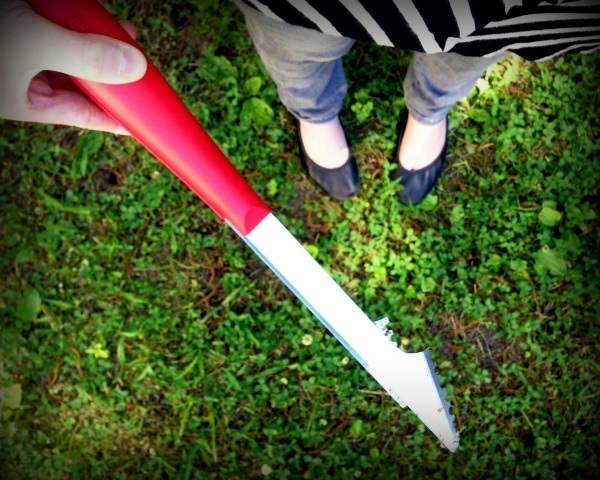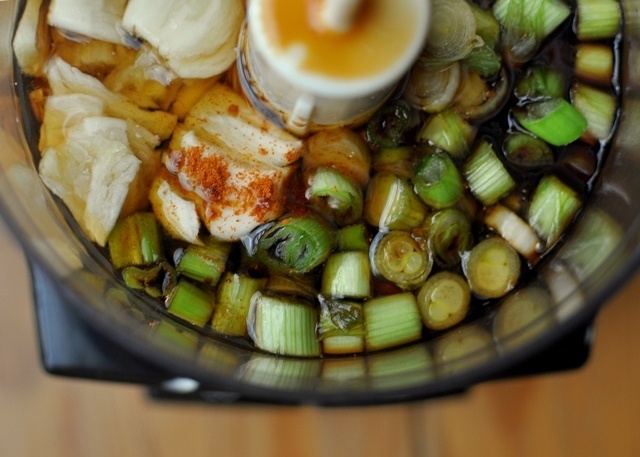Korean Beef

When I assumed most of the grilling duties several years ago, I knew embarrassingly little about grilling but was eager to learn. I have, for the most part, figured things out. There were a few exciting months when the ignitor stopped working and I had to do the ol’ throw-a-match-on-the-grill routine. I, ahem, had my hair blown back a few times but thankfully survived to cook dinner.

I don’t fire up the grill every week (and sometimes I go several months), but I do grill year-round if I’m feeling so inclined: in the cold, in the rain and of course in the heat when standing over a fire feels absurdly appropriate. As a parent, there’s a distinct advantage to grilling vs. standing along the sidelines, too. When I grill, I’m not responsible for meeting the many demands of small children. The griller cannot leave her station or dinner is at risk of being burned. No one wants that. Grilling provides 20-30 minutes of relative alone time, and sometimes people even bring you a beer because they think you’re working so hard.


This Korean beef is one of the first recipes I perfected as the resident grill master. It comes from Nourishing Traditions, a progressive health cookbook published 14 years ago — long before Michael Pollan manifestos were flying off the shelves — that focuses on whole foods and practical nutrition. Korean beef by definition is simply marinated grilled beef, so it’s open to many interpretations. In this version, flank steak is sliced thinly, soaked in a soy-sauce-based marinade and spooled onto skewers. The meat is intensely flavored by the marinade, a mixture of soy sauce, garlic, green onions, toasted sesame oil and a hint of cayenne. I adapted the recipe ever so slightly, swapping brown sugar for the stevia powder, reducing the soy sauce and leaving out the sesame seeds in the marinade.

It’s a recipe for grilling novices and veterans alike.


Yield: serves four to six
Korean Beef
I've reduced the soy sauce from the recipe's original 1/2 cup to 1/3 cup, as the 1/2 cup was too salty for my taste. If you're avoiding sugar, you can leave out the brown sugar. No harm done.
Ingredients:
1 flank steak (1 pound to 1 1/2 pounds)*
1/3 cup soy sauce
5 green onions, chopped
6 cloves of garlic, sliced in half, germ removed**, and crushed with the flat blade of a large knife
2 tablespoons toasted sesame oil
1 tablespoon brown sugar
Pinch of cayenne pepper
* Most flank steaks I see in grocery stores range from 1 to 1 1/2 pounds. If your flank steak is closer to 1 pound, I'd use a scant 1/3 cup of soy sauce to slightly reduce the saltiness of the dish.
** To remove the germ, which can impart bitterness, cut the garlic clove in half and remove the sprout in the middle of each half. The germ may be white or green in color. If it's green, it's more likely to be bitter.
EQUIPMENT:
Wooden skewers: 1) the thicker on the ends the better; and 2) whether soaking the skewers in water prior to grilling actually prevents them from burning is an ongoing debate, so do as you please.
Directions:
With a sharp knife, thinly slice the steak against the grain at a 45-degree angle. This ensures the steak will be tender. (Youtube videos like this one are helpful if you've never done it before.)
In a food processor (a small one will do the job), process the soy sauce, green onions, garlic, toasted sesame oil, brown sugar and cayenne until smooth. In a bowl, combine the steak with the marinade, stirring until the steak is evenly covered. Refrigerate for at least two hours up to overnight.
Prepare a hot grill. Fold or "ribbon" the steaks onto the skewers. Grill the steaks for 4 minutes, flip them and cook for an additional 4-5 minutes until they're cooked to your liking. Our preference is medium rare. Garnish with sesame seeds.
Adapted from Nourishing Traditions by Sally Fallon
2 Responses to “Korean Beef”
Leave a Comment
You must be logged in to post a comment.



